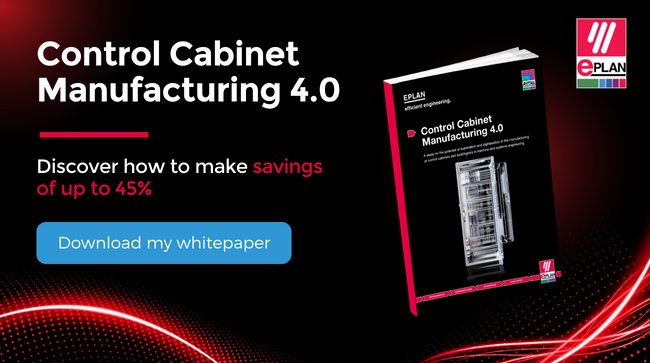Author
 Andrew Mutch
Having previously worked as an aircraft technician with HM Forces, Andy is one of our Professional Services Consultants and has been with EPLAN for 10 years. Part of Andy's role is to actively analyse customers processes, develop solution concepts and workflows for customer requirements. Andy is also our resident Harness expert!
Mutch.a@eplan.co.uk
Andrew Mutch auf LinkedIn
Andrew Mutch
Having previously worked as an aircraft technician with HM Forces, Andy is one of our Professional Services Consultants and has been with EPLAN for 10 years. Part of Andy's role is to actively analyse customers processes, develop solution concepts and workflows for customer requirements. Andy is also our resident Harness expert!
Mutch.a@eplan.co.uk
Andrew Mutch auf LinkedIn
Live and work in 3D
Modern computers are capable of portraying complex 3D objects that make valuable extra information obvious even to untrained eyes. Unfortunately, 63% of companies we surveyed said they still use 2D engineering drawings!
A drawing is an evolutionary document which will undergo adaptations and changes during and beyond the main project period. Visual aids like improved virtual portrayal for better visual perception generate significant benefits and simplify manufacturing, implementation and later on, maintenance.
Crucially, it is very hard to identify spatial collisions in flat drawings. What’s more, flat representation of a control cabinet does not allow the extraction of meta data such as wire lengths, because information on device height, which is needed to determine wire lengths, is missing. As many engineers will admit, these two issues lead to errors that increase costs and delay project completion.
____
In contrast, a 3D design model can be virtually displayed during mechanical and electrical production, providing technicians instant visual feedback to check the correctness of their work.
In addition to direct checking during work phases, information from a 3D control cabinet model can also be used as the basis for a “digital twin” – a virtual portrayal of a control cabinet that can be constructed and tested in parallel with the actual manufacturing processes. This virtual digital twin can even be used to virtually run the control software, eliminating the need for this phase of testing to be carried out at the end of manufacturing.
EPLAN Pro Panel enables the design and construction of switchgear in 3D. The digital twin simplifies the planning and forms the basis for data transfer to manufacturing. Users can create the relevant manufacturing information for drilling, tapping and cutting apertures at the touch of a button and prepare these for CNC-machining. This is high-end workflow optimisation – so why not try it for yourself? We have launched a panel building whitepaper where you can learn how 3D makes designing cabinets faster and easier. Download it here for free!



Comments